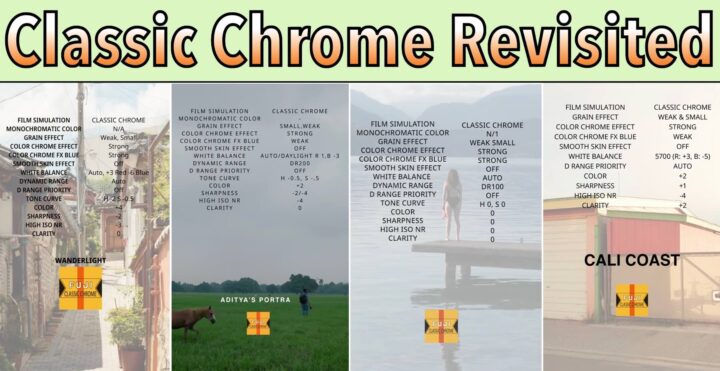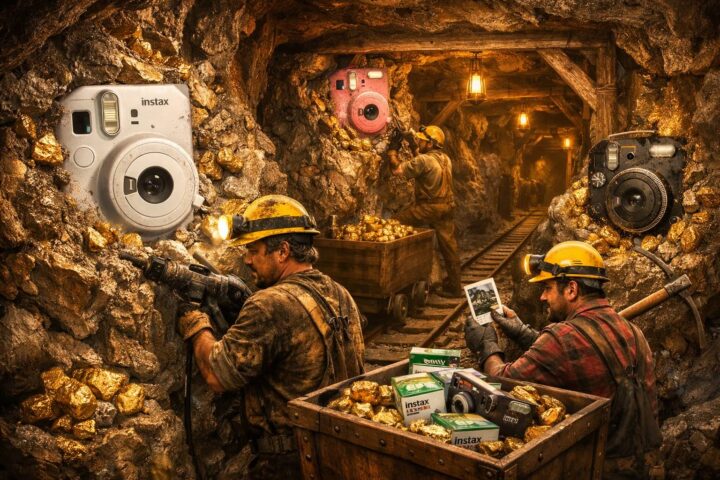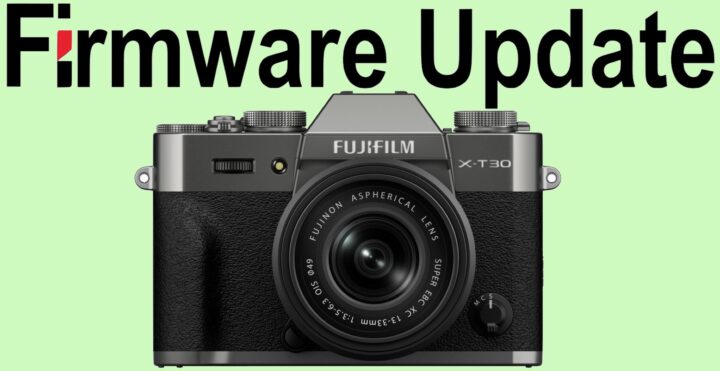Fuji Recipe Tagger – How to Store Fujifilm Film Simulation Recipe Names in Your Pictures’ Metadata

If it ever happened to you that you go back to your past images, and can’t remember which Fujifilm Film Simulation Recipe you used for a certain picture, then maybe this could be of interest to you.
We know Fujifilm cameras store all shooting settings (film simulation, WB shift, grain, highlights, shadows, etc.), but they do not store the recipe name itself in the image metadata. Once the shot is taken, the recipe name is essentially lost.
A clever workaround
An open-source tool on GitHub created by Adrian Gadient and called Fuji Recipe Tagger offers a smart solution.
The tool:
- Reads the EXIF metadata from your Fujifilm JPEGs
- Compares the settings to a database of known film simulation recipes
- If it finds a match, it writes the recipe name into the photo metadata as a keyword
The image itself is never altered — only the metadata is updated.
Why this matters
Film simulation recipes are a defining part of the Fujifilm experience, yet they remain anonymous setting combinations inside the camera.
Being able to store the recipe name directly in EXIF would improve photo organization and long-term archives.
Fuji Recipe Tagger shows that this is technically possible today — even without changes on the camera side.
Why Not, Fujifilm?
Fuji Recipe Tagger is not just a useful utility — it’s a clear hint at a feature Fujifilm could (and arguably should) implement natively. So, dear Fujifilm, make it happen!
How-To
If you are interested in it, make sure to check out the dedicated page on Fuji Recipe Tagger page on GitHub.
- Meet FRGMT BW – Fujifilm’s First ‘Official’ Film Simulation Recipe
- WINTER CHROME: Embrace the Cold Season with This New Fujifilm Film Simulation Recipe
- KODAK EKTAR 100 Film Simulation Recipe – Reinventing Color with FUJIFILM
- Film Pastel – A Lovely New Film Simulation Recipe
- This Recipe is Taking the Fujifilm Community by Storm – Classic Cuban Neg
- New “Hollywood Night” Film Simulation Recipe
- “Forgotten Negative” Film Simulation Recipe
- My Fujifilm X-E5 is Shipping… and These Are the 3 Film Simulation Recipes I Will You Put on the Dedicated Dial (for Now)



